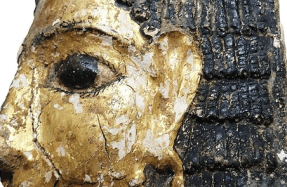
Analysis of hair from 22 mummies found in southern Peru has revealed the earliest known use of San Pedro cactus, a source of plant, better known as the liana vine, are among the substances detected in the mummies’ hair. The plants are not native to the region and were probably transported across the Andes Mountains. Researchers found that the drugs of choice changed over time. Ayahuasca and mescaline became less favored and coca consumption became more common after the Wari Empire conquered the Nazca around A.D. 750.






